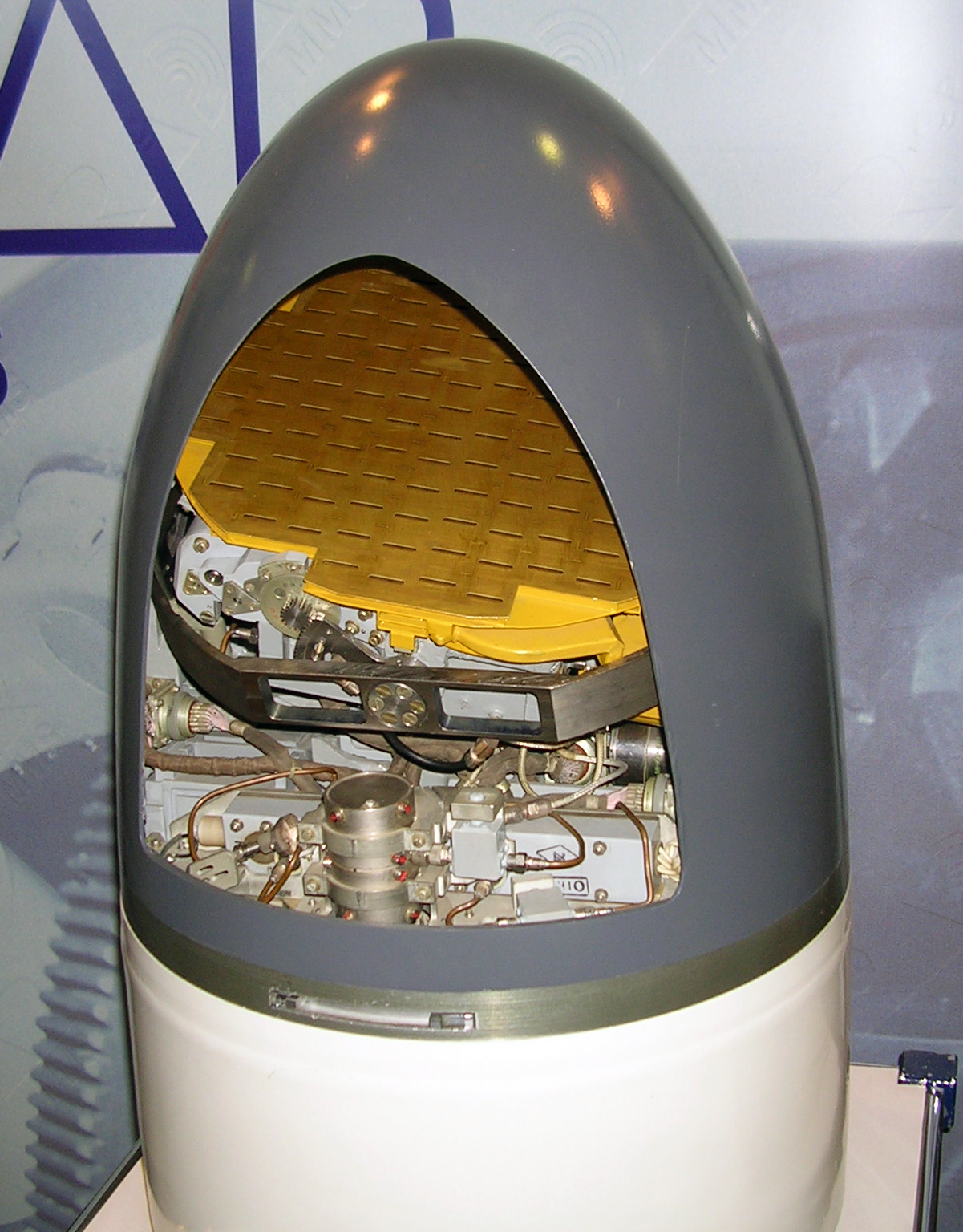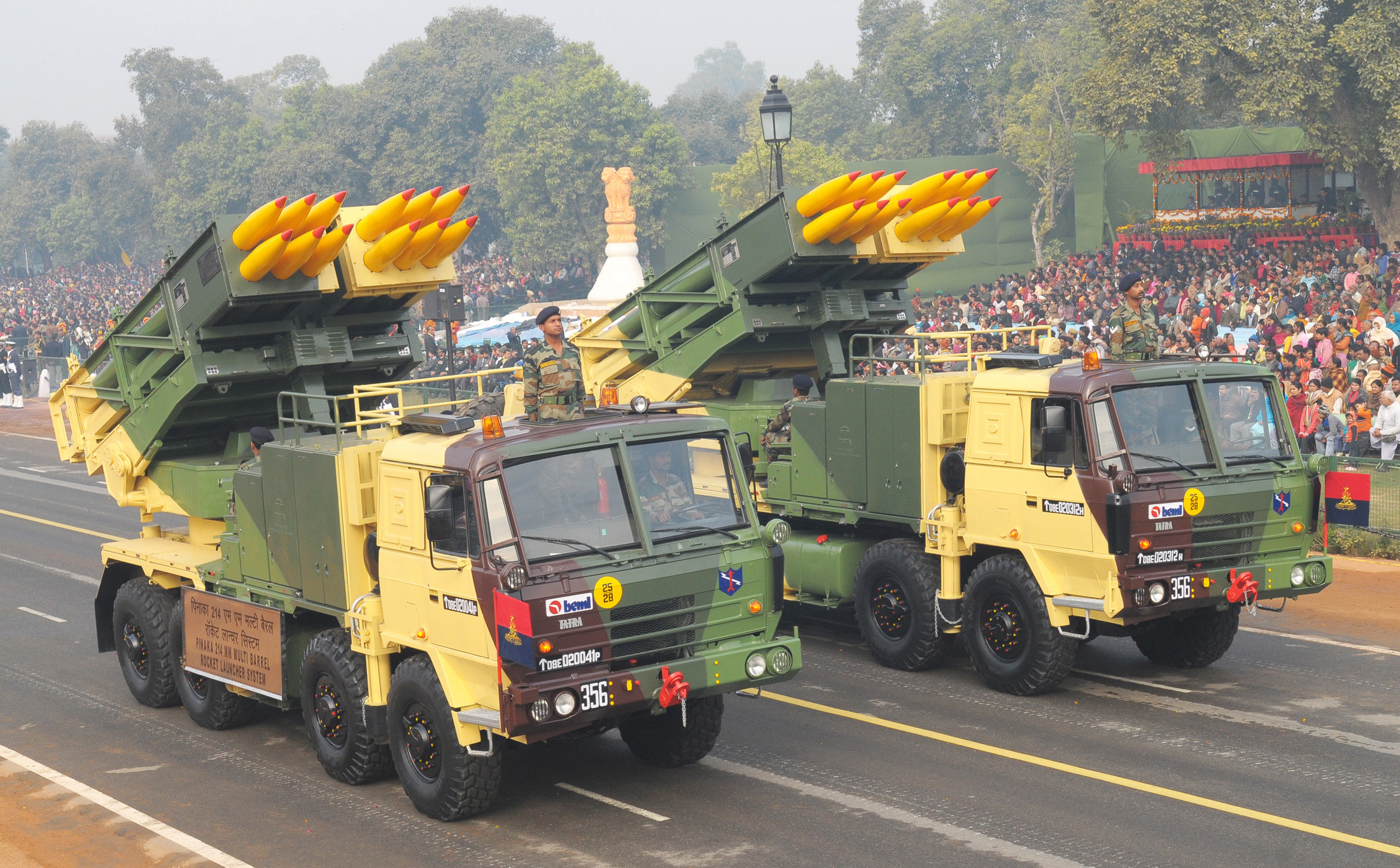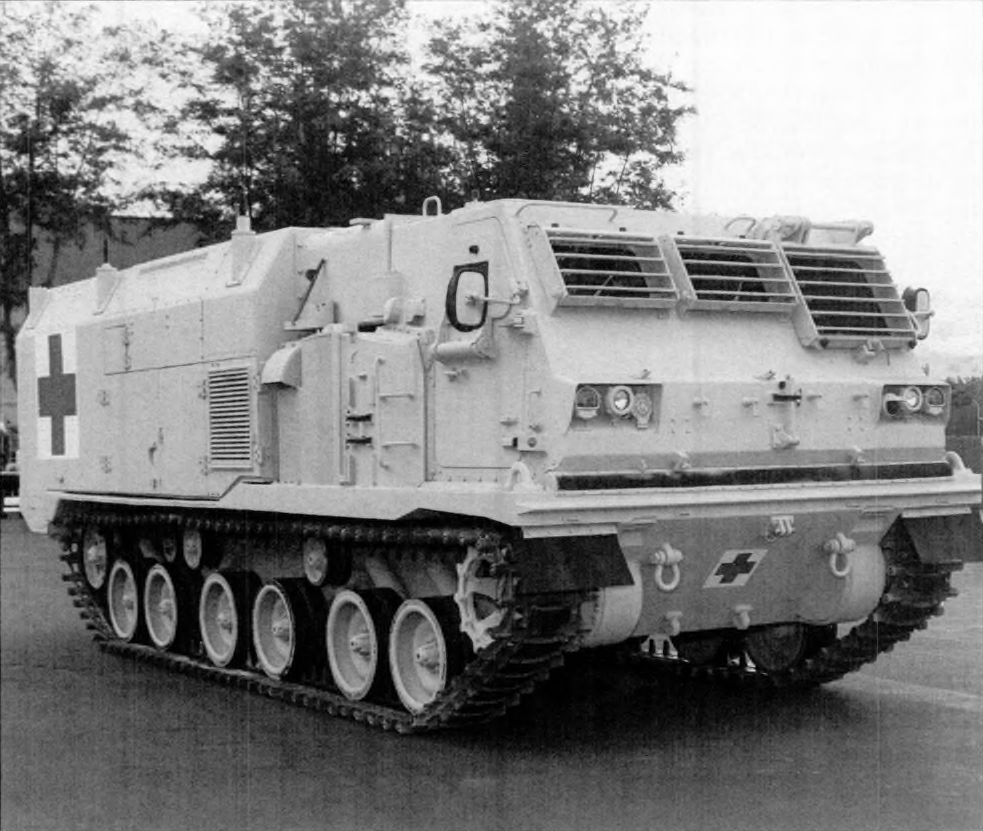|
KN-09
The KN-09 (''K-SS-X-9'') is a North Korean 300 mm rocket artillery system of a launcher unit comprising eight rockets packaged in two four-rocket pods. Design The KN-09 is suspected to be derived from similar 300 mm caliber MRLs such as the Russian BM-30 Smerch, Chinese WS-1B, or even Syrian M-302. The truck used in the KN-09 is reported to be the Chinese-made civilian version of Sinotruk HOWO truck repurposed for military use. It was first seen in 2014 when South Korea and the United States were conducting their joint exercises. While the designation 'KN-09' appeared to initially refer to the locally developed Kh-35 (locally named Kumsong 3), it was later clarified that it refers to this MRL system. South Korea estimates the 300 mm rockets have a range of with a payload, [...More Info...] [...Related Items...] OR: [Wikipedia] [Google] [Baidu] |
KN-25
KN-25 is a designation given to a North Korean tactical ballistic missile. Design The KN-25 is officially described to be a "super-large calibre" multiple launch rocket system, but the larger size and greater range of the missile compared to traditional rocket artillery led the United States Forces Korea (USFK) to categorize it as an SRBM, and it flies on a controlled ballistic trajectory. Missiles are estimated to be 600 mm in diameter, 8.2 meters long, and weigh 3,000 kg; they are mounted on a four-tube Tatra 813 8×8 wheeled transporter-erector-launcher (TEL). They have an unspecified guidance system and have six rotating rear fins with four moving forward fins, which likely provide the attitude control of the rocket. It is a battlefield weapon, suitable for deployment at battalion-level to attack enemy rear-echelon targets out to 380 km with a conventional blast-fragmentation warhead. [...More Info...] [...Related Items...] OR: [Wikipedia] [Google] [Baidu] |
Weishi Rockets
The Weishi (WS; ) family of multiple rocket launcher systems were mainly developed by Sichuan Aerospace Industry Corporation (SCAIC, also known as Base 062) in Chengdu, China. The systems include the WS-1 (), the improved WS-1B (), the WS-1E (), the WS-2 (), as well as many other models. The WS-1 series weapon system did not enter PLA service and has order from Thailand. The WS-2 may finally see PLA service in the future. It's worth noticing that although sharing the same name, there are other developers for different models of Weishi series multiple rocket launchers (MRL) other than the primary developer SCAIC. China Aerospace Long-March International ALIT (CASC) has published a table showing the ranges of most of the WS rockets. There are unguided, guided and precision guided rockets. WS-1 SCAIC began to develop an unguided large-calibre multiple launch rocket system for the PLA ground forces in the late 1980s. The resulting Weishi-1 (WS-1) 302 mm, 4-tube multiple ... [...More Info...] [...Related Items...] OR: [Wikipedia] [Google] [Baidu] |
Kh-35
The Zvezda Kh-35 (russian: Х-35 , AS-20 'Kayak') is a Soviet turbojet subsonic cruise anti-ship missile. The missile can be launched from helicopters, surface ships and coastal defence batteries with the help of a rocket booster, in which case it is known as ''Uran'' ('Uranus', SS-N-25 'Switchblade', GRAU 3M24) or ''Bal'' (SSC-6 'Sennight', GRAU 3K60). It is designed to attack vessels up to 5,000 tonnes. Development The previous anti-ship missiles made in USSR were highly capable, but they also were large and expensive. Therefore, the Soviet Navy found that a similar, small and very low flying missile would be useful. This new system was planned as small, cheap, and easy to install missile for a variety of platforms. This new system, called 3M24 Uran (in western nomenclature, SS-N-25) was originally meant for small surface combatants such as frigates, like the Krivak, Gepard and Neustrashimy. It was the answer to western missiles like the US Harpoon. Informally, it was also ... [...More Info...] [...Related Items...] OR: [Wikipedia] [Google] [Baidu] |
Multiple Rocket Launcher
A multiple rocket launcher (MRL) or multiple launch rocket system (MLRS) is a type of rocket artillery system that contains multiple launchers which are fixed to a single platform, and shoots its rocket ordnance in a fashion similar to a volley gun. Rockets are self-propelled in flight and have different capabilities than conventional artillery shells, such as longer effective range, lower recoil, typically considerably higher payload than a similarly sized gun artillery platform, or even carrying multiple warheads. Unguided rocket artillery is notoriously inaccurate and slow to reload compared to gun artillery. A multiple rocket launcher helps compensate for this with its ability to launch multiple rockets in rapid succession, which, coupled with the large kill zone of each warhead, can easily deliver saturation fire over a target area. However, modern rockets can use GPS or inertial guidance to combine the advantages of rockets with the higher accuracy of precision-guided mu ... [...More Info...] [...Related Items...] OR: [Wikipedia] [Google] [Baidu] |
Osan Air Base
Hanja:) , partof = , location = , nearest_town = Pyeongtaek, Gyeonggi Province , country = South Korea , image = Osan Air Base 51 FW F-16 A-10 Flyby.jpg , alt = US Air Force F-16C Fighting Falcon and A-10A Thunderbolt II aircraft of the 51st Fighter Wing flying over Osan Air Base in June 2009. , caption = US Air Force F-16C Fighting Falcon and A-10A Thunderbolt II aircraft of the 51st Fighter Wing flying over Osan Air Base in June 2009. , image2 = , alt2 = , caption2 = , type = US Air Force base , coordinates = , gridref = , image_map = , image_mapsize = , image_map_alt = , image_map_caption = , pushpin_map = South Korea , pushpin_mapsize = , pushpin_map_alt = , pushpin_map_caption = Location in South Korea , pushpin_relief = , pushpin_image = , pushpin_label = Osan AB , pushpin_label_position = , pushpin_mark = , pushpin_marksize = , ownership = ... [...More Info...] [...Related Items...] OR: [Wikipedia] [Google] [Baidu] |
Wheeled Self-propelled Rocket Launchers
A wheel is a circular component that is intended to rotate on an axle bearing. The wheel is one of the key components of the wheel and axle which is one of the six simple machines. Wheels, in conjunction with axles, allow heavy objects to be moved easily facilitating movement or transportation while supporting a load, or performing labor in machines. Wheels are also used for other purposes, such as a ship's wheel, steering wheel, potter's wheel, and flywheel. Common examples are found in transport applications. A wheel reduces friction by facilitating motion by rolling together with the use of axles. In order for wheels to rotate, a moment needs to be applied to the wheel about its axis, either by way of gravity or by the application of another external force or torque. Using the wheel, Sumerians invented a device that spins clay as a potter shapes it into the desired object. Terminology The English word ''wheel'' comes from the Old English word , from Proto-Germanic , from ... [...More Info...] [...Related Items...] OR: [Wikipedia] [Google] [Baidu] |
KN-24
KN-24, officially the Hwasongpho-11Na() (Hwasong-11 improved), is a designation given to a North Korean single-stage, solid-fueled tactical ballistic missile. Design The KN-24 bears an external resemblance to the American MGM-140 ATACMS and likely fills a similar role of supporting battlefield operations. One difference is that its aft-mounted aerodynamic fins are fixed rather than foldable like those on the ATACMS, requiring deployment from rectangular launch canisters. It flies in a "variable ballistic trajectory," flattening out at a lower altitude (below around ) than traditional SRBMs like the Scud where the atmosphere is dense enough so the missile's fins can maintain aerodynamic control over its entire flight and dive toward the target. Use of INS updated with satellite-guidance data could make it accurate to within 100 meters CEP, or 200 meters using INS alone. Although the missile is outwardly similar to the ATACMS, it has demonstrated greater range, suggesting its physic ... [...More Info...] [...Related Items...] OR: [Wikipedia] [Google] [Baidu] |
KN-23
KN-23 is a designation given to a North Korean solid-fueled tactical ballistic missile. Design Initial variant The KN-23 bears an external resemblance to the Russian Iskander-M and South Korean Hyunmoo-2B SRBMs, being distinguished by its elongated cable raceway, different jet vane actuators and smooth base. Like the Iskander-M, it flies in a quasi-ballistic trajectory, flattening out below an altitude of about where the atmosphere is dense enough so the missile's fins can change course along its flight path. It is believed to have a range of some 450 km with a 500 kg warhead, putting all of South Korea within range, though it is possible to extend range out to 690 km with a reduced payload; warhead can be conventional, likely unitary or submunition, or nuclear. The KN-23's active steering capability could make it accurate to within 100 meters CEP with satellite guidance, or within 200 meters using INS alone. It is launched from a wheeled transporter-erector-l ... [...More Info...] [...Related Items...] OR: [Wikipedia] [Google] [Baidu] |
ZIL-135
The ZIL-135 is a large, eight-wheeled military transport and self-propelled artillery truck produced during the Cold War by the Soviet Union starting in 1959. Its purpose was to carry and launch an artillery missile, specifically a FROG-7, from surface-to-surface. The ZIL-135 was widely exported to other communist countries, most notably North Korea, where it is a common sight in films and military marches. It also served as the TEL for the BM-27 Uragan artillery rocket system. This vehicle has two gasoline engines that power its 20 tonnes to a maximum speed of 65 kilometers per hour. One engine drives the four wheels on the left of the truck, while the other engine drives the four wheels on the right. The ZIL-135 has eight wheel drive, but only the front and rear axles are used for steering. It has a maximum cruising range of 500 kilometers. The cab of the ZIL-135 is NBC protected, allowing the rockets to be fired without exposing the crew to possible contaminants.''Red Steel: ... [...More Info...] [...Related Items...] OR: [Wikipedia] [Google] [Baidu] |
Pinaka Multi-barrel Rocket Launcher
Pinaka (from Sanskrit: पिनाक, see Pinaka) is a multiple rocket launcher produced in India and developed by the Defence Research and Development Organisation (DRDO) for the Indian Army. The system has a maximum range of 40 km for Mark-I and 60 km for Mark-I enhanced version, and can fire a salvo of 12 HE rockets in 44 seconds. The system is mounted on a Tatra truck for mobility. Pinaka saw service during the Kargil War, where it was successful in neutralising Pakistani positions on the mountain tops. It has since been inducted into the Indian Army in large numbers. As of 2014, about 5,000 missiles are being produced every year while an advanced variant is under development with enhanced range and accuracy. As of 2019, an upgraded guided missile version of the system has been test-fired, with a range of over 90 km. Development The Indian Army operates the Russian BM-21 Grad Launchers. In 1981, in response to the Indian Army's need for a long rang ... [...More Info...] [...Related Items...] OR: [Wikipedia] [Google] [Baidu] |
M270
The M270 Multiple Launch Rocket System (M270 MLRS) is an American-developed armored, self-propelled, multiple rocket launcher. The U.S. Army variant of the MLRS vehicle is based on the chassis of the Bradley Fighting Vehicle. The first M270s were delivered in 1983. The MLRS were subsequently adopted by several NATO countries and other countries. The MLRS first saw service with the United States in the 1991 Gulf War. The MLRS has been upgraded to fire guided missiles, and has been used by Ukraine in the 2022 Russian invasion of Ukraine. Description Background In the early 1970s, the Soviet Union had a clear advantage over U.S. and NATO forces in terms of rocket artillery. Soviet tactics of bombardment by large numbers of truck-mounted multiple rocket launchers (MRLs), such as the BM-21, would saturate a target area with thousands of rockets, ensuring some would hit specific targets while delivering a psychological impact. By contrast, U.S. artillerists favored cannon artiller ... [...More Info...] [...Related Items...] OR: [Wikipedia] [Google] [Baidu] |
Beidou Navigation System
The BeiDou Navigation Satellite System (BDS; ) is a Chinese satellite navigation system. It consists of two separate satellite constellations. The first BeiDou system, officially called the BeiDou Satellite Navigation Experimental System and also known as BeiDou-1, consisted of three satellites which, beginning in 2000, offered limited coverage and navigation services, mainly for users in China and neighboring regions. BeiDou-1 was decommissioned at the end of 2012. The second generation of the system, officially called the BeiDou Navigation Satellite System (BDS) and also known as COMPASS or BeiDou-2, became operational in China in December 2011 with a partial constellation of 10 satellites in orbit. Since December 2012, it has been offering services to customers in the Asia-Pacific region. In 2015, China launched the third generation BeiDou system (BeiDou-3) for global coverage. The first BDS-3 satellite was launched on 30 March 2015. On 27 December 2018, BeiDou Navigation ... [...More Info...] [...Related Items...] OR: [Wikipedia] [Google] [Baidu] |
.jpg)







